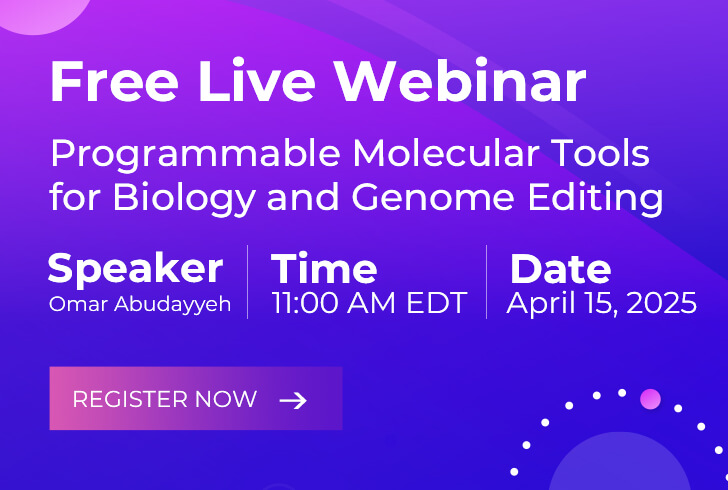Peptide Insertion for Cell Surface Targeting of Advanced AAVs Vector
Creative Biolabs develops a number of different gene therapy platforms to serve a broad range of biological scientists. We are constantly following the pace of technological advancement to continually optimize our services. In the past decade, adeno-associated virus (AAV)-based recombinant vectors have become important gene delivery vehicles for the potential gene therapy of many human diseases. However, since wild-type AAV has not evolved for the purpose of therapeutic gene delivery, we have developed AAV vector design schemes for modification in capsid proteins to ensure the safety and efficacy of these vectors in response to a variety of human diseases.
Introduction of Targeting AAV Vectors
Despite the rapid development of gene therapy technology, the optimization of vector systems is still one of the main research directions in practical applications. In order to achieve efficient and selective transgene production of therapeutic genes in selected cells or tissues, scientists have designed a variety of vector optimization protocols. Although the specificity of the vector itself can be used to achieve specific gene expression in some liver or muscle cells, for most cancers and cardiovascular and cerebrovascular diseases, how to accurately direct genes to the diseased area is still a difficult problem to be solved.
Peptide Insertion for Capsid Modification
It is well known that the interaction of viral vectors with the cell surface is the primary mechanism determining vector targeting. It has become increasingly clear that the full potential of this vector system can be realized only when AAV vectors have been modified with improved cell transduction and escape of the host immune responses. Therefore, the initial focus of redesigning new vectors with the aim of increasing gene transfer efficiency or introducing selectivity or both is dependent on downstream applications. Cell surface receptors for cell attachment (primary receptor binding) and internalization (secondary receptor binding) can determine the targeting of viral vectors and prepare for the release of capsid proteins. The use and change of this interaction are the basic principles of our peptide insertion modification service.
In the AAV capsid structure, the position of the variable regions (VRs) forming the protuberance ring is exposed and participates in the binding process of the receptor, which is the ideal position for the modification of our peptide insertion. Creative Biolabs genetically modifies the AAV capsid by inserting a receptor-specific ligand (AAV targeting), which not only enhances the targeting of AAV, but also changes the mechanism of AAV vector internalization and enhances the transduction efficiency of the gene. If you are interested in our carrier modification service, you can contact us by email or send us an inquiry to find a complete solution.

